-

This report compares how New Mexico provides local governments with production tax revenue from unconventional fossil fuel extraction compared to other major energy-producing states. Read more
-
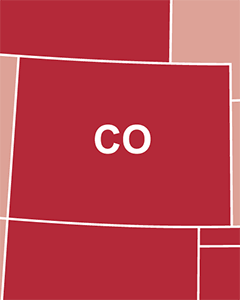
This report compares how Colorado provides local governments with production tax revenue from unconventional fossil fuel extraction compared to other major energy-producing states. Read more
-
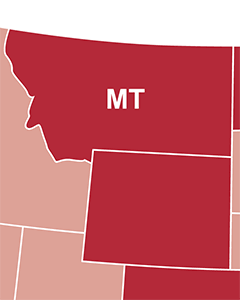
This report compares how Montana provides local governments with production tax revenue from unconventional fossil fuel extraction compared to other major energy-producing states. Read more
-
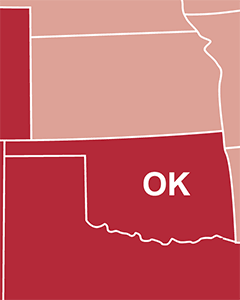
This report compares how Oklahoma provides local governments with production tax revenue from unconventional fossil fuel extraction compared to other major energy-producing states. Read more
-
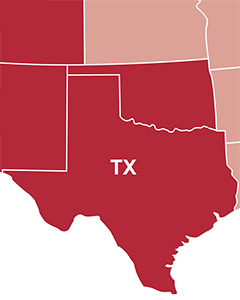
This report compares how Texas provides local governments with production tax revenue from unconventional fossil fuel extraction compared to other major energy-producing states. Read more
-
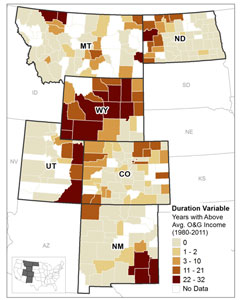
This paper demonstrates that when fossil fuel development plays a prominent, long-term role in local western economies there are negative effects on per capita income, crime rates, and educational attainment. Read more
-
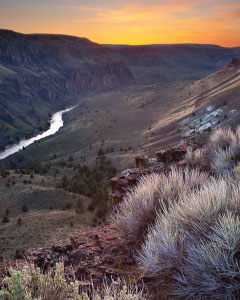
This report provides an initial analysis of the potential economic impact of protecting the Owyhee Canyonlands area in Malheur County, Oregon. Read more
-
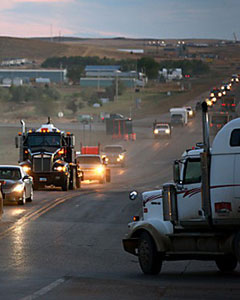
This report explores the challenges for states and local communities caused by unconventional oil and natural gas development, and fiscal best practices that address them. Read more
-
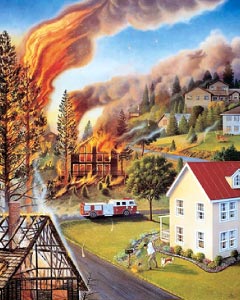
This report describes how the protection of homes in the Wildland-Urban Interface has added to wildfire costs and concludes with a discussion of solutions that may help control escalating risks and expenses. Read more
-
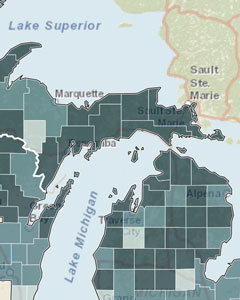
This post summarizes the Climate Adaptation Report which provides a description of key economic sectors at greatest risk from extreme weather or long-term climate shifts and is intended to prepare the region’s forests, water resources, and communities for a less certain future. Read more
-
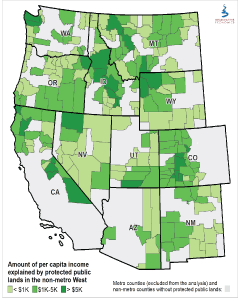
Headwaters Economics research and accompanying interactive map show the amount of per capita income explained by protected federal lands for each county in the non-metropolitan western U.S. Read more
-

This report finds that the West’s popular national parks, monuments, wilderness areas and other public lands offer its growing high-tech and services industries a competitive advantage. Read more
-
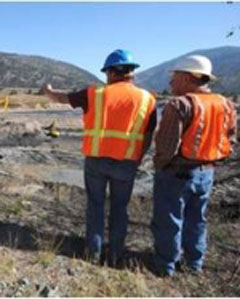
Headwaters Economics worked with the Clark Fork Coalition, U.S. Forest Service, and others to create an interactive tool that describes many of the stories behind the ongoing recovery of the Clark Fork River. Read more
-
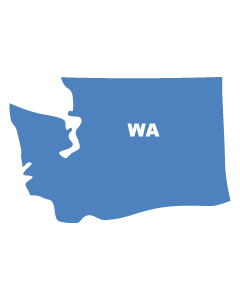
This fact sheet summarizes Washington’s recent economic growth and the role of protected public lands in supporting faster job creation and higher per-capita income. Read more
-
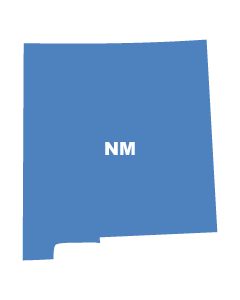
This New Mexico fact sheet summarizes the state’s recent economic growth and the role protected public lands play in supporting faster job creation and higher per-capita income. Read more
-
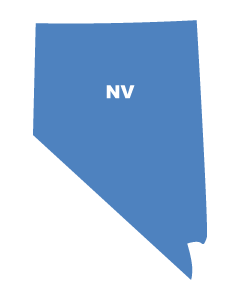
During the past decade Nevada and the West outperformed the nation, and the competitive advantage offered by its protected lands supported job growth and higher per-capita incomes. Read more
-
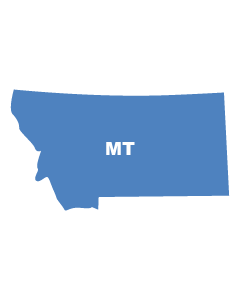
Montana’s recent economic growth and the role of protected public lands in supporting employment creation and higher per-capita income are explored in this report. Read more
-
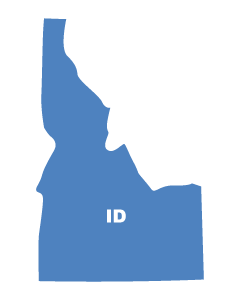
Helped by its high quality of life and protected public lands, Idaho’s economy and population grew rapidly in the past decade. The majority of growth coming from health care and administrative services. Read more
-

Colorado’s rate of population, employment, and real personal income growth has outpaced the nation and this fact sheet looks at the role of protected public lands in supporting jobs and higher incomes. Read more
-

This California report is part of a series that analyzes how and why the West is outperforming the nation, and the competitive advantage offered by its protected lands. Read more